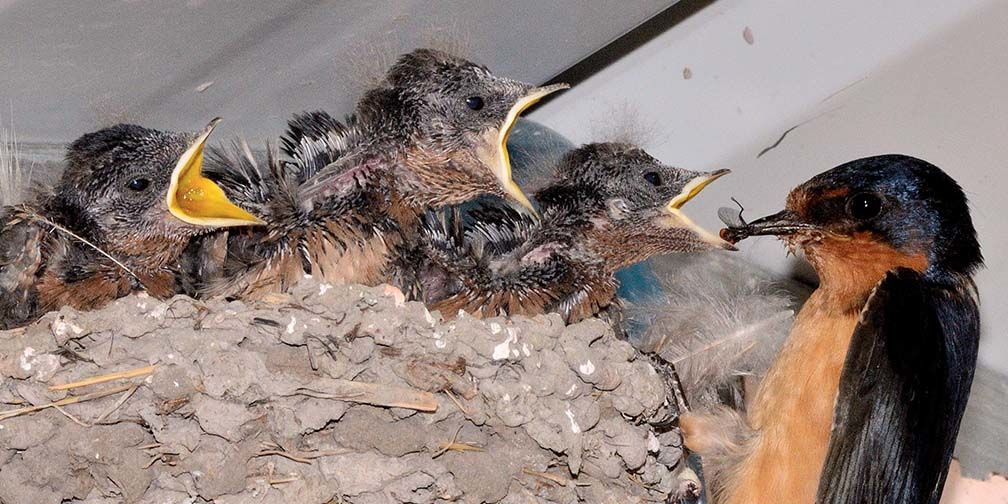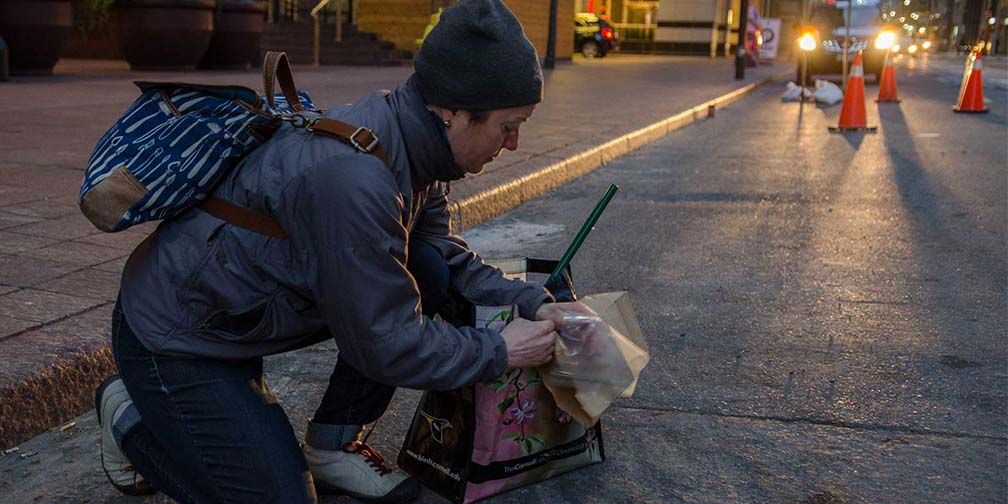Ontario Nature Blog
Receive email alerts about breaking conservation
and environmental news.
© Lora Denis
Bird impact mortality fall migration © Noah Cole
“Bird-building collision fatalities are a leading cause of bird death shared with cat attacks, impacts of habitat destruction, agriculture, urban development, climate change, and invasive species. Many birds affected by these issues are species at risk who can ill-afford this additional stress.” – FLAP Canada.
The Fatal Light Awareness Program (FLAP), a partner of Ontario Nature and member of our Nature Network, works tirelessly with the help of its volunteer force to educate citizens and protect migrating birds from the perils of urban environments.

Barn swallows © Darren Birgenheier
FLAP Canada estimates that one to ten birds die per building, per year. Toronto has well over 950,000 buildings alone, meaning a potential nine million birds could die as a result of collisions each year. FLAP is trying to gather more data about bird collisions in order to establish a greater understanding of the bird-building collision issue, and they need your help!
This week, September 24th – 30th, FLAP begins its first ever Collision Count Week. This citizen science initiative encourages volunteers to go out into their communities to search for fallen birds.

FLAP volunteer Jill Edwards © Mary Barber
Using the Global Bird Collision Mapper, volunteers will be able to record data such as; the species, the locations, the status of the bird and even a photo to accompany their data. The data collected will provide researchers with invaluable information about bird collisions and also give more insight into bird migration patterns. Perhaps more importantly, they hope to increase the chances of finding live birds sooner and increase their chances of rehabilitation and survival.
What should I do if I find an injured bird? Don’t panic. Here is a guide to help you.

Highly reflective building © Jeff Kirk
If you interested in volunteering during Collision Count Week, visit: birdmapper.org
If you can’t make it out to volunteer, not to worry! The good news is that there are simple ways you can make your home safer for birds.

Gananoque Lake Nature Reserve © Smera Sukumar